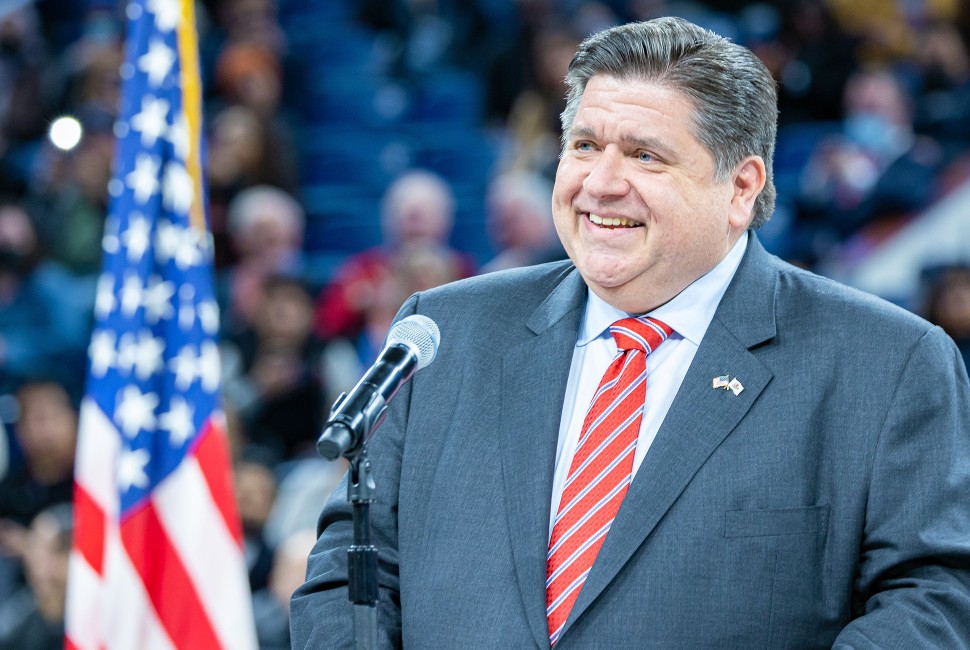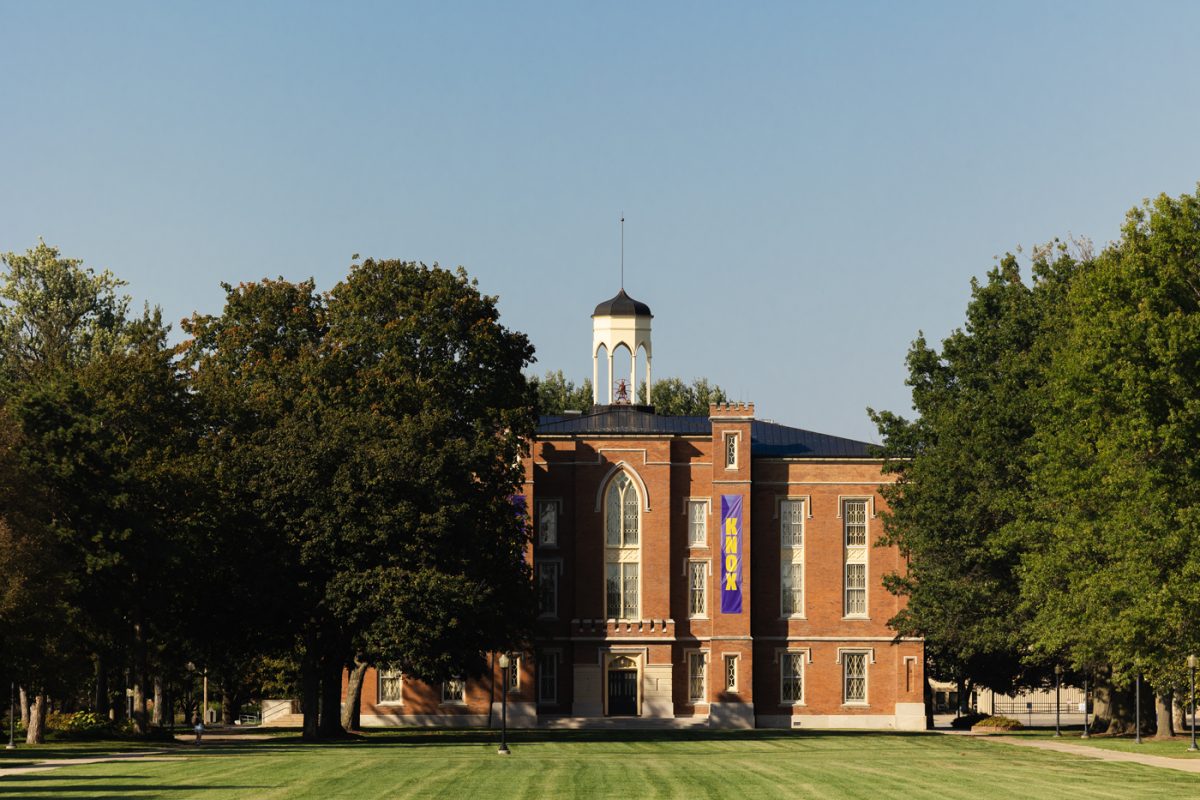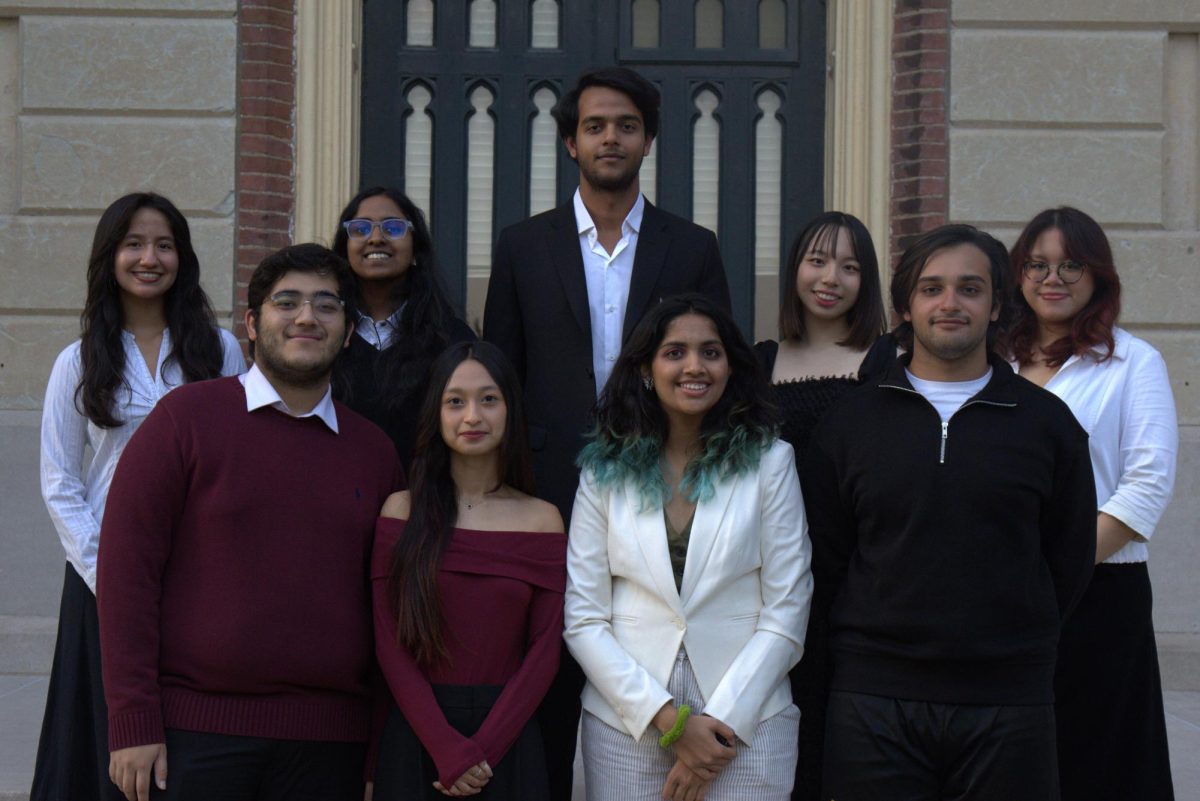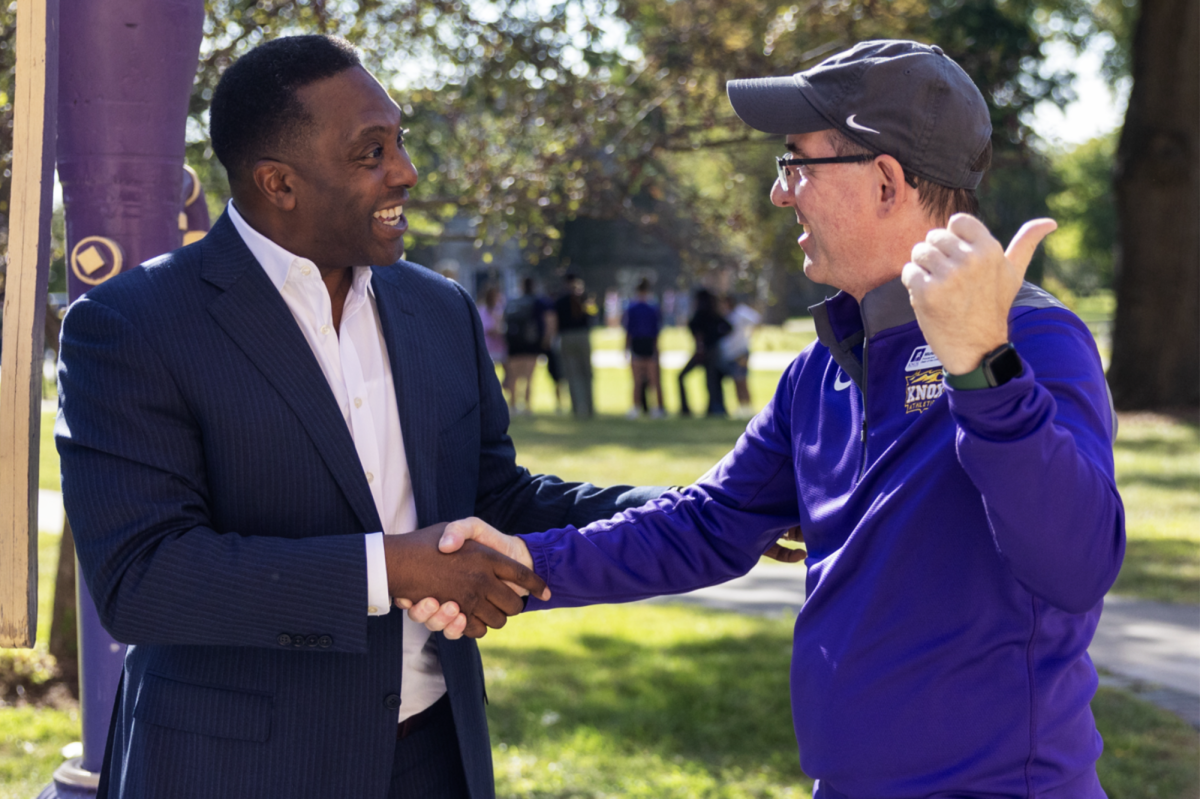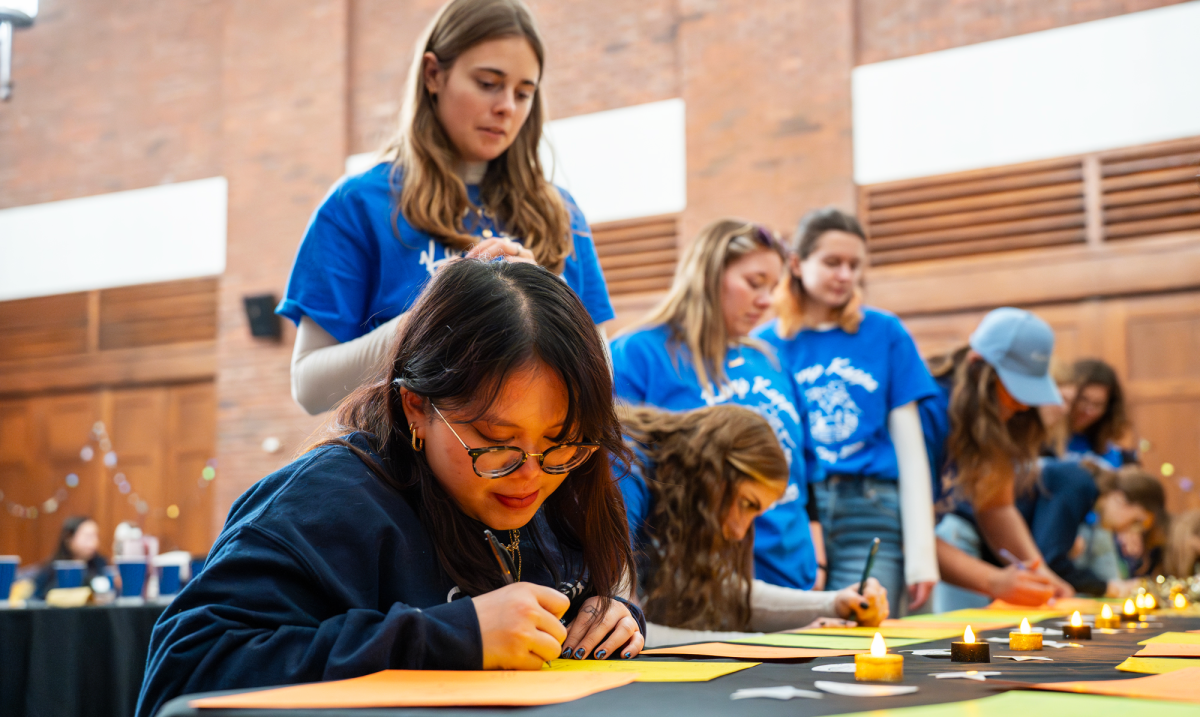For Knox, the pandemic began with the spring break of 2020, during which students were told not to return to campus following the break.
The classes were brought online, even important celebrations such as Flunk Day, which was also celebrated online. The situation was improved by the fall of 2020, when students could choose to return to campus or remain online, and most classes were hybrid. But during the peak of COVID-19, which happened in the winter of 2021 and 2022, classes were brought back online, and the students returning to campus were required to quarantine themselves upon returning.
Classes were brought completely offline in the fall of 2021, and the mask policy was removed in the spring of 2022. Nevertheless, the pandemic has brought many changes to the college and has many long-lasting influences.
One of the factors that was impacted heavily by the pandemic was enrollment of international students. The Director of International Students Alex Pia, said Knox brought in only about eight international students during 2020 compared to the previous high of 65 before the pandemic. This, Pia said, is attributed to the fact that consulates were closing due to the pandemic and were not issuing visas.
Currently, with the pandemic having a lesser effect on campus operations, the number of international students is starting to see a rebound. The number rose to 48 in 2021, and 50 and 51 in 2022 and 2023.
Moreover, Pia said the diversity of the students are starting to increase as well. Before, a few countries occupied most of the international student population. Now, there are most students coming from previously less represented countries, making the population more balanced and diverse.
“Now, the highest number of students [by country] means seven or eight, where before it would be double figures,” Pia said.
In addition to international students, another aspect of Knox that experienced drastic changes was dining services. During the fall of 2020, students were quarantined for a week before the start of classes and were only able to remove their masks in their room and access to buildings on campus was limited. The dining services crew experienced a big adjustment in the new environment. During this time, food was served in a tent on Post Lawn, with only to-go options for food
“We got half of the staff cut, and we have to figure out how to deliver food to the students without getting sick,” Dining Service Staff Tina Rutherford said.
Eventually, food was served in the Hard Knox Cafe, but it was still only to-go. During this time, and when in-person dining was subsequently resumed, dining services still took great precautions to minimize contact, such as blocking the food with plastic shields from students, and always sanitizing surfaces. The practice of consistent sanitization and having sanitizers widely available continues to this day.


